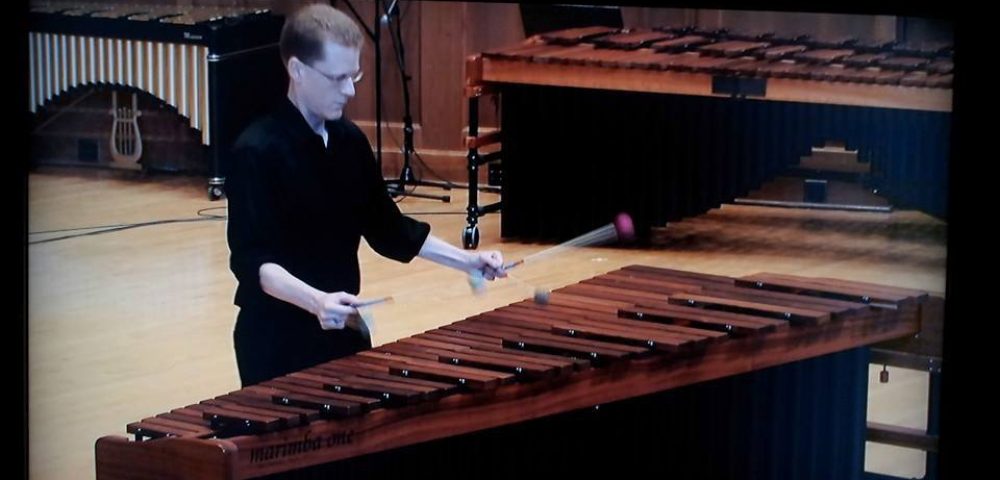Blake Tyson has released his new CD “Firefish” on iTunes. He has also provided the digital book for the CD free for everyone to download so you can read about each of the compositions and the story behind them.
I have been a fan of Blake Tyson ever since I heard the piece “A cricket sang and set the sun”. I contacted him directly to purchase the sheet music and was thrilled to received a personalized note with the music. When I heard about his new project on Kickstarter I knew that I wanted to help fund that project.
Firefish has 10 tracks which are a mix of solo marimba and mallet ensemble music. The tracks are:
1. Cloud Forest
2. Not far from here
3. Moonrise – I. The Moon Holds My Heart
4. Moonrise – II. The First Time I Saw the Moon
5. Firefish
6. Inside the Shining Stone
7. A Ceiling Full Of Starts
8. A Cricket Sang and Set the Sun
9. Vagabond of Light
10. Not Far From Here for Solo Marimba
I was already a huge fan of “A cricket sang and set the sun” and if you want to see Blake performing that piece you can take a listen here:
A Cricket sang and set the sun
My favorite piece new composition on this CD is “Not far from here”. Folks who read this blog know that I am partial to “pretty” marimba music and this composition fits that bill perfectly. There is a time and a place for Velocities, and Merlin and other pieces with a lot of notes in them (and I love them too), but sometimes we all should stop and listen to some relaxing music that is audience accessible, sounds great and makes you slowly exhale when listening to it. This piece does that for me. Both the percussion ensemble and marimba solo of this piece are on the CD and ironically I do prefer the ensemble version. I didn’t see the ensemble version on Steve Weiss but the solo version is available there today.
Another thing to note about this CD, is that many of the parts are performed on the new MJB Marimba from Malletech. Getting the lowest octave right on a 5-octave marimba is something that I believe will take another couple of decades to perfect considering how many decades marimba manufacturers have been working on the the problem so far. Having said that, the low end of this marimba is really something to listen too. It pushes the whole marimba sound forward similar to what the Basso Bravo resonators did for Marimba One. This sound can really rattle cheap internal laptop speakers, so be sure to listen to this CD on a nice set of speakers. I also believe this has a lot to do with the recording and mixing skills of John Parks IV. This CD really sounds amazing not only from the low end of the marimba but the bells and crotales on the high end. For those not familiar with John Parks, he was features on PATV episode 74. You can debate with him if Haydn was a “complete hack” or not. 🙂
For more information about Blake Tyson, please visit his website, Facebook page, YouTube channel, or contact him via Twitter.
